The Earthquake in Morocco
Morocco has been on my mind since the earthquake, so I thought I would create a series of posts about our trip there in 2021. This post will focus on our time in Marrakech, Morocco.
On September 8th, 2023, a 6.8 magnitude earthquake hit the Northern African country of Morocco, killing thousands of people. The epicenter was in the High Atlas Mountains, where it damaged innumerable homes and leveled villages. Some families lost multiple members, and some lost everything. Devastation spread to Marrakech, Morocco, and tremors were felt all over the country. Read more about the earthquake here. You can see photos of the devastation here.
The best way we can support our friends in Morocco is through donations. Our tour guide and friend Omar has family members who have lost their homes and are suffering. If you want to donate directly to them, knowing that every dime goes to the people, send me a private message and I will let you know how to do so. If you don’t feel comfortable with that, PBS has a few recommended charities to which you can donate here, and the Red Cross is also accepting donations.

When the rubble is cleared and the country is ready, help bring tourism dollars back by visiting. Morocco is a unique place with a fascinating culture and history, tremendous natural beauty, and rich, flavorful cuisine. I hope our experiences there will inspire you to create your own and visit this wonderful place.
Our Trip
Vuong found a great deal on a 10-day small group tour through Left Lane Sports. We paid around $1500 a person for this trip, partially because this was during COVID, in September of 2021. Unfortunately, Left Lane Sports no longer sells travel packages. But, the actual outfitter was Mountain Gurus, and you can book the same tour here. At the time of writing, the trip is around $3000 per person (still worth it). The trip included a 3 day trek through the High Atlas Mountains during which we climbed Jebel Toubkal, the highest mountain in Northern Africa at 13,671 feet. Other highlights were riding camels in the Sahara Desert and visiting the coastal town of Essaouira.
Mountain Gurus set us up with a guide named Omar, and if you would like to book through him, contact me and I can get you hooked up.
Flights
I really like the Singapore Airlines Krisflyer program. They accept points from all the major players- Amex, Chase, Capital One, Citi, and Marriott Bonvoy. The only points that don’t transfer are BILT, and it is just a matter of time. Singapore is a Star Alliance partner, so you can book United, Lufthansa, Turkish Airlines, and many more on their site using their miles. The website is easy to use, and availability is good.
We booked two business class seats on Turkish Airlines (one way) using 152,000 Krisflyer miles (which were points transferred from my Amex and Chase cards) from San Francisco to Istanbul, then on to Marrakech. We spent a day and night in San Francisco exploring Haight Ashbury, then a night in Istanbul exploring the Taksim area on our way to Morocco.
With that said Turkish Airlines has some amazing opportunities for points redemption on its own. Four points ecosystems allow transfer to Turkish Airlines- BILT, Citi, Capital One, and Marriott Bonvoy.
After visiting Morocco, we flew to Egypt for another tour, and then booked flights home…
Packing and Preparation
At this time, American citizens do not need a visa for stays less than 90 days. Check the Department of State website before going. For citizens of other countries, find out what the requirements are here. The main languages in Morocco are Arabic and French, but English is pretty widespread. Learn a few words and phrases in the local language. I always recommend this. You are visiting their country- it is respectful and considerate to at least learn how to say hello and thank you.
This was a tough trip to pack for because we needed to bring our own sleeping bags, sleeping pads, and hiking poles. So we had to check bags (mainly because of the poles, which came in very handy) and carry on our backpacks. We bought lightweight gear at a local outdoor outfitter, including sleeping bags and pads, poles, backpacks, and daypacks. You can buy the items we chose on Amazon if you prefer:
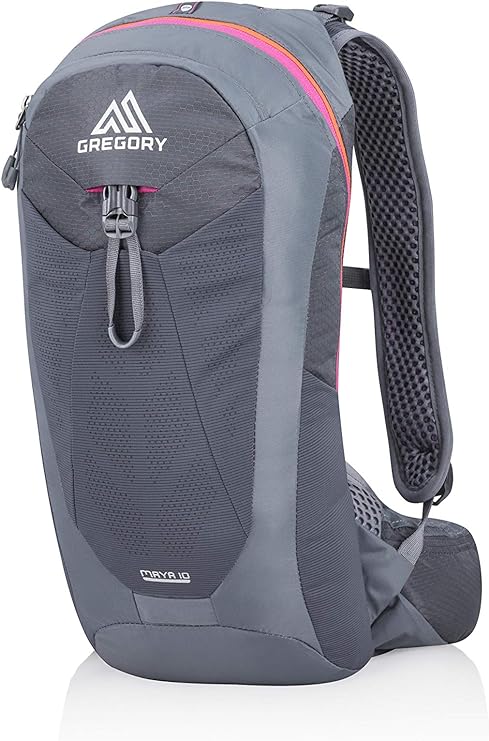
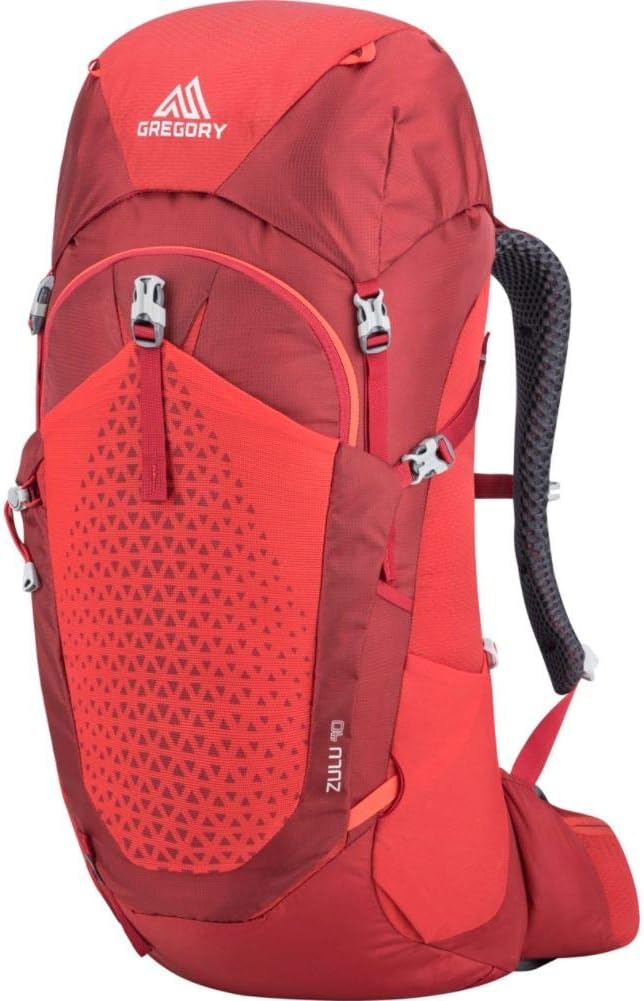
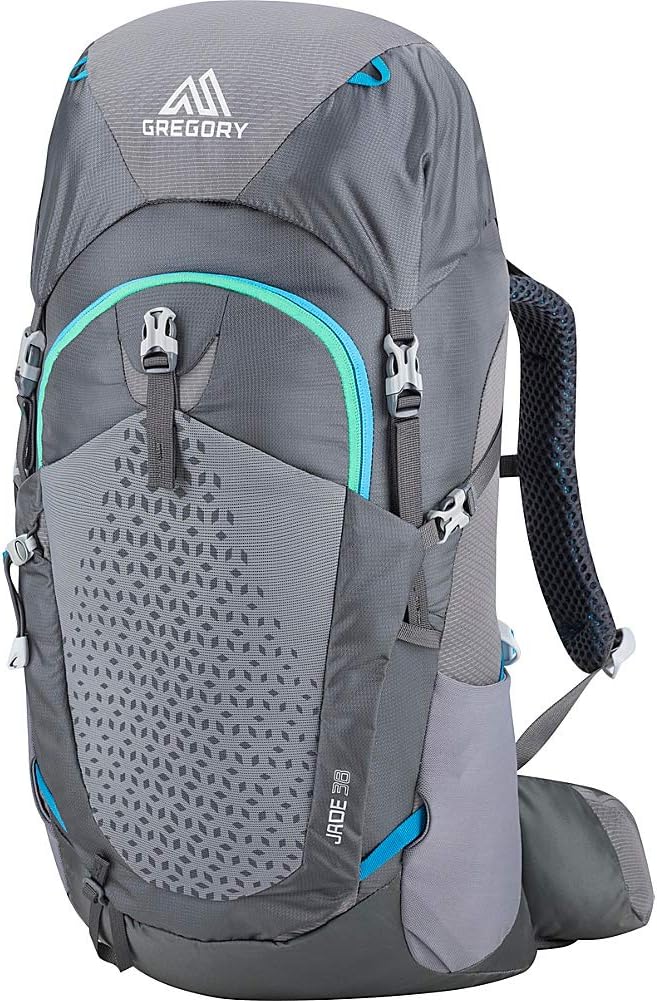
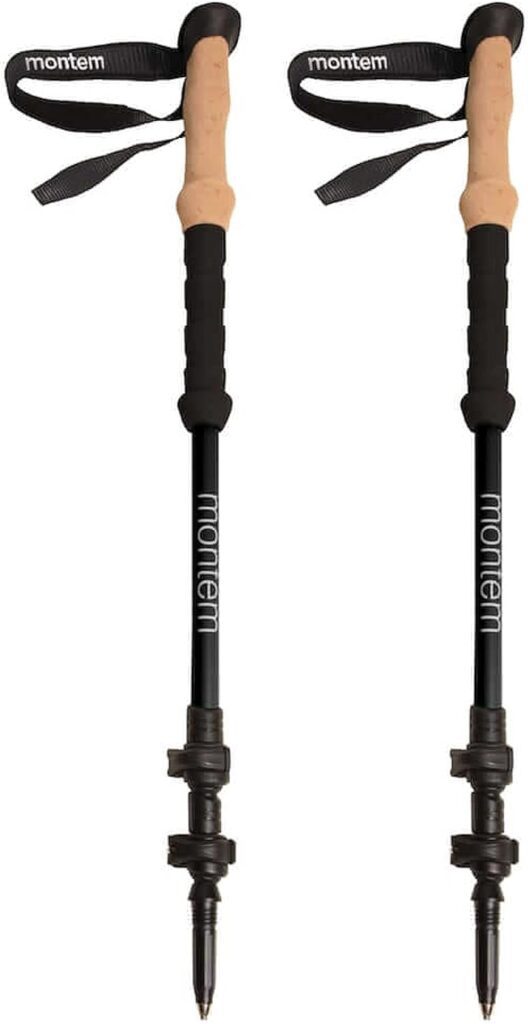

Morocco is a conservative Muslim country so ladies, cover up those slutty shoulders and knees! Capri pants and skirts work great, and a light linen scarf is useful for extra cover and sun protection.
Day to Day Itinerary
Day 1 • Arrive in Marrakech, Morocco
Day 2 • Marrakech
Day 3 • High Atlas Mountains
Day 4 • Toubkal Valley • 11,810 ft
Day 5 • Jbel Toubkal • 13,671 ft
Day 6 • Essaouira
Day 7 • Marrakech
Day 8 • Zagora
Day 9 • Marrakech
Day 10 • Depart
This post will focus on our time in Marrakech.
Marrakech, Morocco
Getting from the airport to town
The airport was a ghost town when we arrived, presumably because of COVID. We breezed through immigration and baggage claim. We had a driver arranged through our tour, but it is easy to get from the airport (RAK) to town. You can book a transfer ahead of time here for about $18 US, or you can catch a bus or taxi from the airport for $3 to $10 respectively. Check out the details here. It took about 15 minutes to get from the airport to the old town.
The local currency is the Moroccan Dirham (MAD) and, at the time of writing, the exchange rate is around 10 MAD to one USD. I always visit an ATM before leaving the airport. You never know when you will find another, and it is never a good idea to get caught in a foreign country without cash. Some taxis only accept cash in local currency. Also, Morocco is a tipping culture, so get small money at your first opportunity.
In the City of Marrakech
We spent two nights in the city of Marrakech, Morocco before beginning our tour. The first night of our organized tour was going to be spent in a hotel in Marrakech, Riad Bahia Salam, so we booked the preceding nights in the same hotel. A riad is a multi-story Moroccan home centered around a courtyard, and often used as guesthouses or hotels.
This hotel was in a great location- a 5-minute walk to the Kasbah, which is the city center of the “Medina,” or old town, and the heart of Marrakech. The front door was not impressive at all, and we never would have even known it led to a hotel. We walked down a short hallway to the reception desk, where we checked in. Past that were several separate seating areas furnished with plush furniture in vivid shades of reds and oranges. It then opened up into a large central courtyard with lush green plants, surrounded by rooms.
Our room was beautifully outfitted in luxurious fabrics. Its focal point was a king-sized bed enclosed on two sides by sheer red curtains, and it was adorned with two swan-shaped towels and red rose petals. The ceiling had a large inset with an ornate chandelier, and the bathroom had lovely tile accents.
A narrow stairway led to the roof, where there was a pool, several seating areas, and the restaurant where they served breakfast.
The hotel was lovely, but the staff made it truly special. They were warm, accommodating, and helpful.
The Medina
The Medina is the old part of Marrakech, Morocco, and contains the town’s Kasbah (alt. spelling casbah), or city center/market. It seems like the term “Medina” is sometimes used to describe the old part of the city and sometimes to describe the town square proper, aka the Kasbah (I know Sharif doesn’t like it). On our visit, the Kasbah was hot and grungy during the day, but came alive at night and thrummed with energy and excitement.
There are two main parts to the Kasbah (to my mind)- the outdoor part and the “indoor” part. The outdoor part consists of a large, open plaza, known as Jemaa el Fna Square, with booths. Most of these booths sell food or beverages, but you will find your typical “junk” booths where you can buy sunglasses or souvenirs. Numerous booths are selling fresh fruit juices, which they make on the spot after you choose your fruits from their display. This part of the medina was pretty miserable under the blazing sun, but it comes alive at night once the sun has set. It was funky but never cold.
The “indoor” part (which is actually open to the sky and has many outdoor alleyways) is an endless labyrinth of paths and alleys lined by innumerable kiosks and stalls known singly or together as “souks.“





The Henna Ladies
My introduction to Marrakech, Morocco, and its Kasbah was rather unpleasant. I was tired, and it was hot. The sun shone in my eyes and I felt almost blinded in this unfamiliar, chaotic environment. My patience was thin. I try to keep my mind open and my skepticism silent when exploring a new place, but exhaustion can make it difficult not to descend into irritability. This is why, when I was approached by women in their colorful hijabs, my defenses were lowered. I wanted to be open to new experiences, however. So, when the first very friendly woman approached me and introduced herself as Aisha, I was very friendly in return. I knew she was a vendor, and just trying to make a living, so I looked through her henna designs and politely refused, simply because I was tired and hungry.
She told me she was pregnant and needed the money, but she respected my decision to pass. Her sister was way more insistent. Her sister introduced herself to me as Aisha and informed me she was pregnant (sound familiar?), but before I could refuse, she grabbed my arm like a vise and started painting henna flowers on my hand! I continued to say “no,” but she had me. I could not pull away without messing up her work or hurting her, so I just allowed her to finish.
The design was quite beautiful, but I felt somewhat violated. This experience soured me on the medina for about an hour, then I got over it.

Dining at the Kasbah
After sunset, numerous food stalls open up, identified by number. The whole energy of the place changed- from frantic, hot, and overwhelming to fun, playful, and festive. Hawkers call out to you and thrust their menus in your face…friendly, playful banter for the most part. After making a circuit, we settled on stall #100-“One-zero-zero, I’m your hero!” called the vendor.
The displays did not discourage us- they showcased sheep heads and breast tissue… I felt like I was in a lab at the grossing station for sheep! Needless to say, we did not order the sheep’s head, although I hear cheek meat is very sweet and tender! We shared a tagine of lamb, eggplant, green chili, and root vegetables, served with couscous and pita bread. It was a feast for our hungry bellies and raised our spirits.
The proprietor from stall #1 pushed around a cart of sweet treats, and we bought a few to enjoy with our after-dinner mint tea, AKA “Berber whisky.”
Where to stay in Marrakech, Morocco
There are two main parts of Marrakech, Morocco- the Medina, or old town, and Villa Nouvelle, the newer European part of town. I personally recommend staying in the Medina, particularly if this is your first time visiting the city. You can read about the different neighborhoods and find a range of accommodations for all budgets here. As with most cities, you can pay upwards of $500 for a fancy international chain hotel like the Four Seasons, but I recommend finding a small Riad and staying inside the city walls. As mentioned, we stayed at the Riad Bahia Salam, where you can score a gorgeous room for less than $100, and have access to a rooftop pool and excellent light breakfast.
With that said, the Medina/old town is dusty and chaotic. Scooters buzz about, touts will harangue you, and sensory overload is likely. We love and embrace this, but if you like peace and quiet, not to mention cleanliness, choose something in the European areas/ new town. We like to get into a place- the true, gritty parts, not the touristy, whitewashed, sparkly clean parts.
What to do in Marrakech, Morocco
Eat, shop, explore.
One of the best ways to experience a culture is to sample its cuisine. Fancy restaurants are great, but our best culinary experiences all over the world have been street food and dining with the locals. Sure, locals go out for fancy meals too, but we like to sample what they have on a day-to-day basis. We like to find the food stalls with long lines of locals and order the specialties. Typically, food stalls with long lines have freshly prepared food and are safe(r). If people were getting sick from their food, they would not be popular for long. With that said, the locals’ gastrointestinal tracts are probably used to the food and bacteria that accompany it, so you may still get sick. Try to avoid tap water, which also means avoiding fruits and veggies washed in tap water. Fruit that needs to be peeled is safest.
There are risks associated with eating street food that cannot be identified or avoided- for example, you cannot be sure that the food preparers wash their hands before handling the food. This is a risk worth taking for us, and we always travel with the appropriate antibiotics and meds to alleviate symptoms of common and expected ailments. See your doctor or a travel clinic before traveling to help you put together a travel first aid/medication kit.



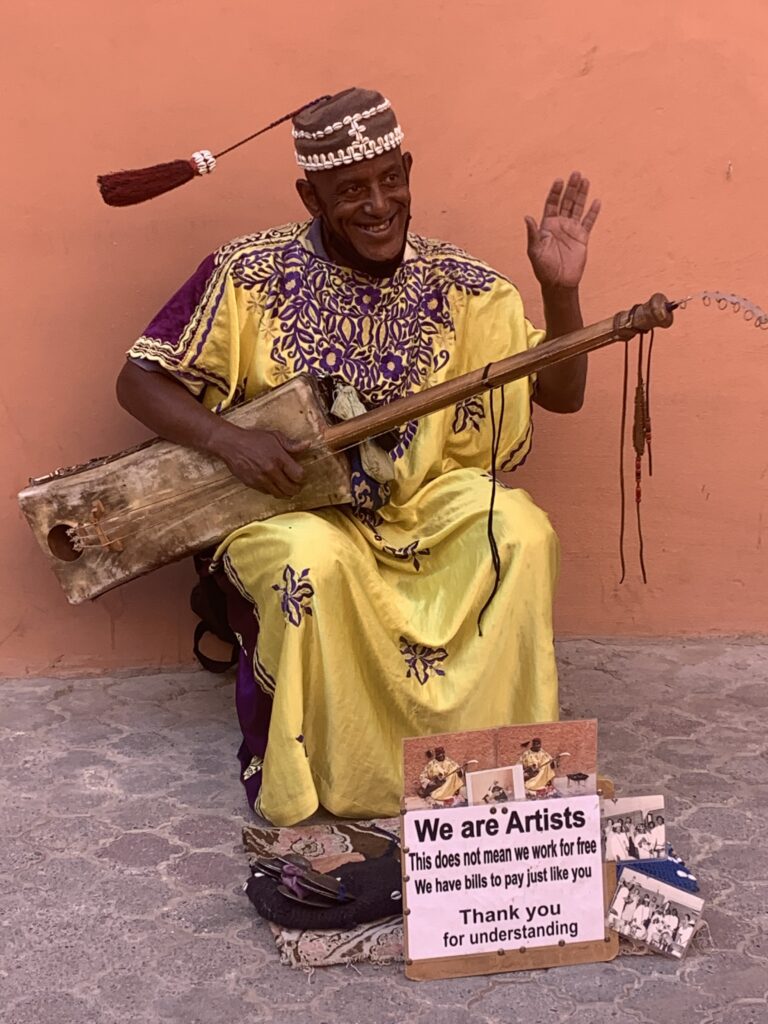
Restaurants
You can dine at a food stall in the market, or choose a restaurant inside or near the Kasbah but still within the Medina. We also dined at Le Tanjia which is a phenomenal, atmospheric restaurant with a view of the square. Kosybar was another little gem we found, which also has a riad, spa, and bar. I loved this place! Vuong had a much-needed massage, while I sat on the terrace watching the sunset with a glass of wine, tapas, and my journal. The call to prayer added a mystical element to my experience. We also had drinks at the Uber-hip, a trendy restaurant called Kabana, which I recommend if you bring a cute dress.
It is not easy to find a drink in Marrakech. It is not a big drinking culture, so if you enjoy a glass of wine in the evening, try one of the above places. Or just have Berber whisky (mint tea, nonalcoholic)!
What NOT to do in Marrakech, Morocco!
You will see animal handlers in the square, particularly snakes and monkeys. Please do not give these people your time or money. I saw monkeys being horribly mistreated with my own eyes and apparently this is the norm rather than the exception. Any time wild animals are forced to interact with humans in a manner that is not normal, beware. Wild animals are best admired from afar on their terms, which don’t usually involve being petted or photographed in your arms.
Don’t wear expensive jewelry or outward shows of wealth. Don’t show a lot of skin, publicly display affection, or get loud and rowdy. This is a conservative country, show respect.
Take photographs; however, if a human may be in your photo (or even feel like they are), ask first! If denied, be respectful and wait for them to leave your frame. Some vendors do not want their products photographed either.
Don’t go anywhere without toilet paper and bottled water. TP is not always available, and the tap water may contain bacteria incompatible with your GI tract.
Get lost!
Learn about a city before you go, and figure out what areas to avoid. As a woman, be careful doing this solo… I am a total feminist and am all about girl power, but I’m also practical and not too stupid. Even in the US, many areas are not safe for a woman to explore alone, especially after dark. If you are traveling solo, I recommend staying in hostels and making friends. Then you can travel in packs and explore together. But whether you are traveling alone or with someone else, wandering without a plan is a great way to get into the meat of a place.
People are pretty much the same the world over and are mostly good. In my experience, people love to help and are happy to give directions. (soapbox…) This is why travel is so important. We fear what we don’t know, and if we stay inside of our little bubbles and don’t meet different types of people, we sow ignorance and hate. The more you travel and meet different types of people, the more you learn that we are all the same. We want the same things- happiness and safety for ourselves and our families, a peaceful existence. There are crazy people everywhere who want something different, but they are few and far between.
Mark Twain said it a little more eloquently…
“Travel is fatal to prejudice, bigotry, and narrow-mindedness, and many of our people need it sorely on these accounts. Broad, wholesome, charitable views of men and things cannot be acquired by vegetating in one little corner of the earth all one’s lifetime.”
(off of soapbox…)
Another great way to get to know a city is to book a small group tour. We often do this on day one to get oriented and ask questions about the best places to hang out, eat, shop, etc. We have had great success with the following websites: Tours by Locals, Viator, With Locals, and Get Your Guide. Moreover, as a single traveler, you can meet friends on small group tours and possibly explore with them later. In addition, many hostels organize tours and activities for their patrons. If you prefer a food tour, check out Culinary Backstreets.
In Marrakech, the center of daily life is the Medina. Wander the alleyways… take in the sights, sounds, and smells. From the spices to the chicken poop used to dye the leather, your senses will be overwhelmed. Particular items to shop for are rugs, leather goods (we bought and made Moroccan leather jackets), metalwork (lamps, dishes, etc), Argan oil, jewelry, and spices.
Significant Sites in Marrakech, Morocco
There are several historic and religious sites in Marrakech that you should not miss! The Bahia Palace is an expansive, gorgeous complex built in the 10th century for the Vizier (government minister) to the Sultan. Jardin Majorelle looks amazing if you are into botanical gardens. Ben Youssef Madrasa is a school of Islamic studies built in the 12th century and is now a Unesco World Heritage Site. The Koutoubia Mosque is beautiful and its minaret is a prominent feature of the skyline of Marrakech, but you cannot enter unless you are Muslim. You can admire it from the outside and enjoy the haunting call to prayer 5 times a day. At the Saadian Tombs, you can see the burial sites of over 60 members of the Saadian dynasty and their servants, from as long ago as the 16th century.
Day/Overnight Trips from Marrakech, Morocco
The possibilities are endless! You could stay here exploring for several days, or venture further afield and explore this unique and beautiful country. You can rent a car and drive yourself, or book a day trip with one of the outfitters I listed above.
The Desert
You cannot see the endless dunes of the Sahara desert on a day trip from Marrakech. You can, however, go to Zagora for an overnight visit and see smaller dunes at the edge of the Sahara. Zagora is known as the “Gateway to the Sahara.” You can ride camels in the desert and stay at a Berber camp. We had an amazing experience, watching the sunset over the dunes, having dinner with the Bedouin people, and participating in a drum circle under the star-carpeted sky.


You can combine a trip to Zagora with stops in Aït Benhaddou and Ouarzazate, which is what we did. The former is a UNESCO World Heritage Site and is a fortified village built on a hill. There are lots of stairs, but it is a very interesting stop. The latter is the “Hollywood of Africa,” and you can tour Atlas studios and see movie sets from the Gladiator, the Mummy, and Game of Thrones. This was the only place we saw snake charmers with actual cobras. The guys in the square had garter snakes or something similar.
If an overnight stay is not practical, you could visit the Agafay Desert, which is about an hour from Marrakech. You can ride camels, horses, or quad bikes and visit a Berber village here as well.
The Mountains
The Atlas Mountains are only a couple of hours from Marrakech, Morocco. You can book a multi-day trek and climb Jebel Toubkal, the highest mountain in Northern Africa, like we did. Or, you can visit on a day trip and do a short hike or explore villages like Imlil and Asni, or see the Ourika Valley. If waterfalls are your thing, Ouzoud Falls is breathtaking.
The Coast
Agadir, Casablanca, and Essaouira are all potential coastal day trips from Marrakech, Morocco. Essaouira is the closest at around a 2-hour drive. We took surf lessons, ate fresh, delicious seafood, and shopped here. En route, we stopped at an Argan Oil collective run by women and bought some of this oil for ourselves. We also saw the Goat Tree. Apparently, goats like to eat the fruit of the Argan tree, and people placed wooden platforms in one of them. Goats climb the trees instinctively, but people capitalized on this and now train the goats to climb one particular tree. Read about the “Flying Goats of Morocco” here.



Marrakech to Casablanca is a very popular tourist route. You can drive or be driven in about 3 hours, fly for about $100, or take a 3-hour train ride for about $20. Rome2Rio is a great site for mapping your travel all over the world. Casablanca is a massive, modern city with tons to do and with a rich history, not to mention pop culture. Agadir is another coastal option that boasts the largest souk in Morocco, has great opportunities for hiking, and beach activities are plentiful. It is about a 4-5 hour drive, so an overnight stay here is advised.
Other places of interest that are too far for a day trip but might be good for at least an overnight trip include Rabat, Tangier, and Fes.
Have you been or are you going to Morocco? Do you need to contact OMAR?? Comment below or contact me.
Next time, I’ll tell you about our time in the High Atlas Mountains, the friends we made, and the hardships we endured!


0 Comments